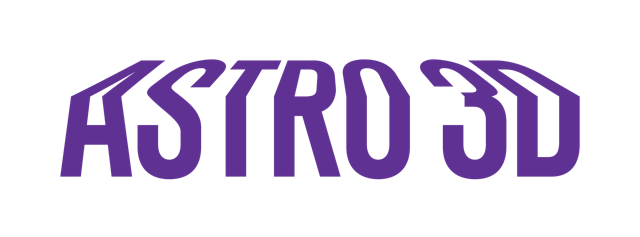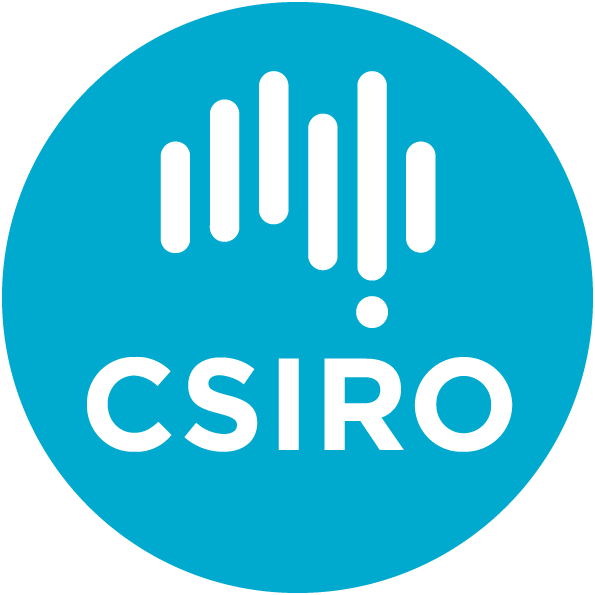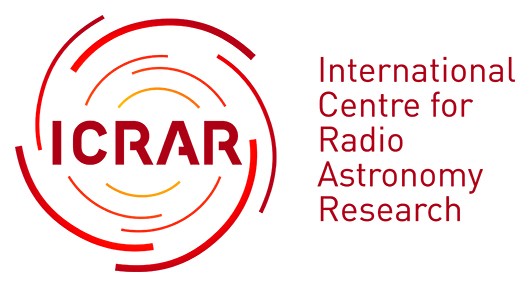August 2024
Editor: Manasvee Saraf
Foreword
MANASVEE SARAF
Welcome to the August 2024 edition of the WALLABY newsletter! Over the past six months, we’ve seen WALLABY’s potential unfold with significant discoveries being made and constraints being placed using HI mass and velocity width measurements, spectroscopic redshift estimates, kinematic models, and sensitive, high-resolution HI maps from WALLABY data.
In this issue, the PIs highlight new full survey data awaiting analysis, urge prompt completion of phase 2 papers, and note an upcoming team policy update. The project manager announces exciting news about the upcoming public release from phase 2 of the WALLABY pilot survey data. The project scientist reports on the promising progress towards smooth data flow from ASKAP and Pawsey. We welcome 8 new members who have joined us since February 2024. Jeremy Mould summarises his recently accepted paper, revealing that the inclusion of WALLABY data offers better constraints for the structure and velocity flow of our Local Volume. Nathan Deg underscores WALLABY’s kinematic modelling capabilities through his work on kinematic scaling relations, submitted for publication. Rayssa Guimarães Silva shares her ongoing research on an intriguing discovery within a dwarf galaxy system exhibiting collisional rings in the void. Paula Boubel spotlights her recently published paper, demonstrating how WALLABY can enhance constraints on the growth rate of structure. Technical working groups TWG 2, TWG 5, and TWG 7 provide updates on their latest developments. In a new recurring section, we congratulate members with newly approved WALLABY science projects and urge everyone to work collaboratively on these.
Happy reading !
Message from the PIs
LISTER STAVELEY-SMITH & BARBARA CATINELLA
The low volume of WALLABY observations since the last Newsletter has been an understandable source of frustration to all team members. These problems have mainly, but not solely, stemmed from ongoing issues at the Pawsey Centre. We are confident that throughput will increase to the desired level of five or so footprints weekly, and await a timeline for this to happen. Nevertheless, there is a substantial amount of new full survey data (cubes, velocity fields etc) sitting on the AusSRC server awaiting scientific analysis and publication! Also, don’t forget that the pilot phase 2 data is about to be publicly released, so please finish your phase 2 papers promptly, and take the opportunity to let your colleagues know of this amazing data release (see Tobias’ message below). On management matters, the new Working Group structure seems to be working well, so thanks to the respective chairs. Finally, the management team is now in the process of updating team policies to ensure they remain fit for purpose as the project progresses toward the next phase. Feedback is being sought from the Working Group chairs and the executive team during this process.
Message from the Project Manager
TOBIAS WESTMEIER & BI-QING FOR
Progress with WALLABY observing has been rather slow this year due to a number of technical problems as a result of which only three additional footprints have been successfully obtained so far. On a brighter note, we are nearly ready to release data from phase 2 of the WALLABY pilot survey to the public. The release will include HI catalogues, images and spectra of almost 1800 galaxies in addition to kinematic models for 126 spatially resolved galaxies. For the first time we will also be releasing high-resolution (12 arcsec) cutouts of 80 HIPASS galaxies located within the phase 2 pilot survey footprint. Information on how to access all of the data will be made available on the WALLABY website in due course.
Message from the Project Scientist
KAREN LEE-WADDELL
After an extended pause, both ASKAP and Setonix seem to be ready for more WALLABY observations with one field successfully observed in mid-July. Since there is a cautious ramp up to full survey processing capacity, the ASKAP operations team have had more time to process and verify the new WALLABY data, adjusting parameters for improved image quality. Hopefully, over the upcoming weeks, data will start to flow more smoothly from one of our favourite interferometers.
New Member Profiles
Aaron Ludlow

Aaron is an Associate Professor at the International Centre for Radio Astronomy Research (ICRAR)-University of Western Australia (UWA). He obtained his PhD from the University of Victoria (Canada) and then spent several years as a research fellow in Germany and in the UK before moving to Australia.
Aaron’s research interests concern the formation of cosmological structures, and specifically the dark matter and baryon content of galaxies; he addresses relevant questions using state-of-the-art numerical simulations and analytic models. The next generation of cosmological simulations will more accurately model the cold phase of the neutral interstellar medium – excellent datasets to compare to WALLABY observations to better constrain galaxy formation, galaxy structure, and the relationship between galaxies and their dark matter halos.
Akhil Krishna R

Hi! I am Akhil, a PhD student in the Astrophysics Division of the Department of Physics at Christ University, Bangalore, India.
My research primarily focuses on peculiar galaxies, especially interacting systems and polar ring galaxies. Particularly, I am interested in characterising their spatially-resolved stellar populations and investigating their star-formation and HI properties to understand how internal and external processes influence their evolution. I aim to validate theoretical predictions with the use of observations and simulations.
I’m thrilled to join the WALLABY team. I bring expertise in analysing Ultraviolet Imaging Telescope (UVIT) data from India’s AstroSat satellite for studying star-formation properties of galaxies. I am looking forward to exploring interacting galaxies and advancing my research using the WALLABY’s extensive capabilities.
Edvige Corbelli
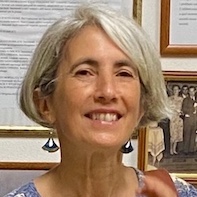
Edvige Corbelli is a staff astronomer at INAF-Arcetri Observatory, Firenze, Italy.
She was a graduate student at Cornell University, where she learned radio astronomy using the Arecibo single-dish radio telescope for 21-cm studies of very low density interstellar medium, developing models of gas recycling in and around galaxies. Since then she has published extensively on topics related to the interstellar and intergalactic medium, gas dynamics in disk galaxies, galaxy-galaxy interactions and the gas-to-star conversion process in star forming galaxies. Her focus is on nearby groups and clusters, especially Local Group spirals, which can be observed with unprecedented detail, from the faint outskirts down to individual protostellar clusters.
She promotes astronomy among students by participating in educational projects, hosting events, and delivering special lectures for high school audiences.
Rebecca Dudley

Hi there! I’m Rebecca and I specialise in galaxy kinematic modelling as a (Northern) Summer Research and Outreach Fellow at the McDonald Institute, Queen’s University, Canada. In September, I start my graduate studies in astronomy at the University of Toronto.
Currently, I am working with Dr. Kristine Spekkens and Dr. Nathan Deg on understanding a diffuse low surface brightness galaxy that was kinematically modelled as a part of the Public Data Release 2: WALLABY J125956−192430, which we affectionately call “Fluffy.” Our aim is to use archival imaging data to determine whether Fluffy is an ultra-diffuse galaxy or a low surface brightness dwarf, and to estimate the best structural model for it based on the available multi-wavelength data. Subsequently, we plan to create a mass model and assess its dark matter content. We have already made some interesting findings through custom kinematic and mass modeling, so stay tuned for updates!
Sarah Sweet

I am a Senior Lecturer at the University of Queensland, in the School of Mathematics and Physics.
I’m interested in the formation and evolution of galaxies, ranging from dwarf to giant galaxies within the local to high-redshift Universe. I investigate the internal (mass, angular momentum) and environmental factors responsible for galaxy diversity in properties such as morphology, chemical content and dark matter content, mapping their evolution over cosmic time.
My particular interest in WALLABY is to study the neutral gas in and around dwarf galaxies in Local Group analogues in combination with our optical integral field spectroscopic survey, building a complete picture of the evolution of groups of galaxies like our own.
Shinna Kim
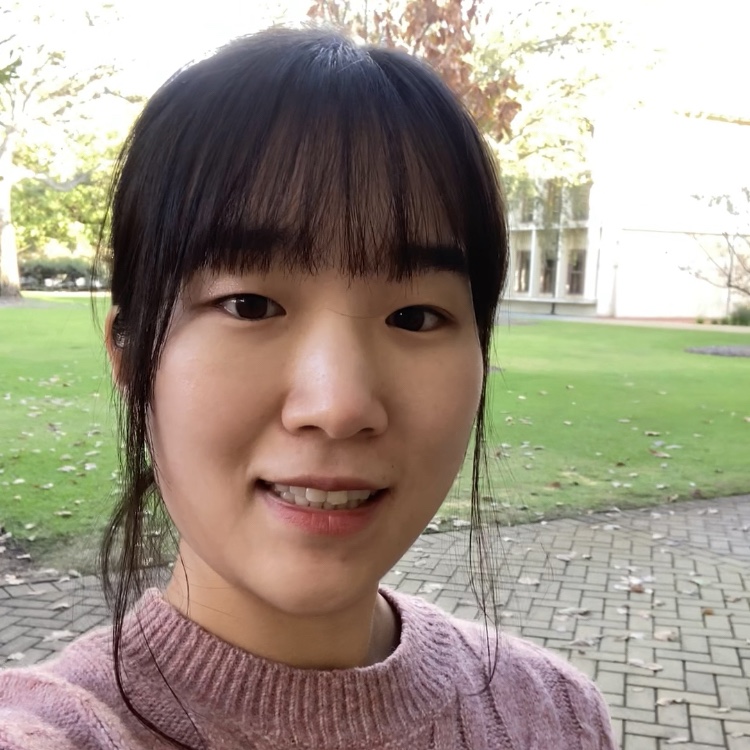
Hi! I’m Shinna Kim, a 1st-year PhD student at ICRAR/UWA working with Prof. Lister Staveley-Smith. Before moving to Australia in early 2024, I obtained my master’s degree in South Korea.
During my master’s degree, I contributed to the development of the WALLABY kinematics pipeline. For my PhD project, I am using WALLABY data to investigate the baryonic Tully-Fisher relation. My focus is on the identification of the factors that affect the slope and scatter of this relation. By determining the parameters that minimise the scatter, I aim to constrain the most fundamental relationship for galaxies.
Sreeja S Kartha
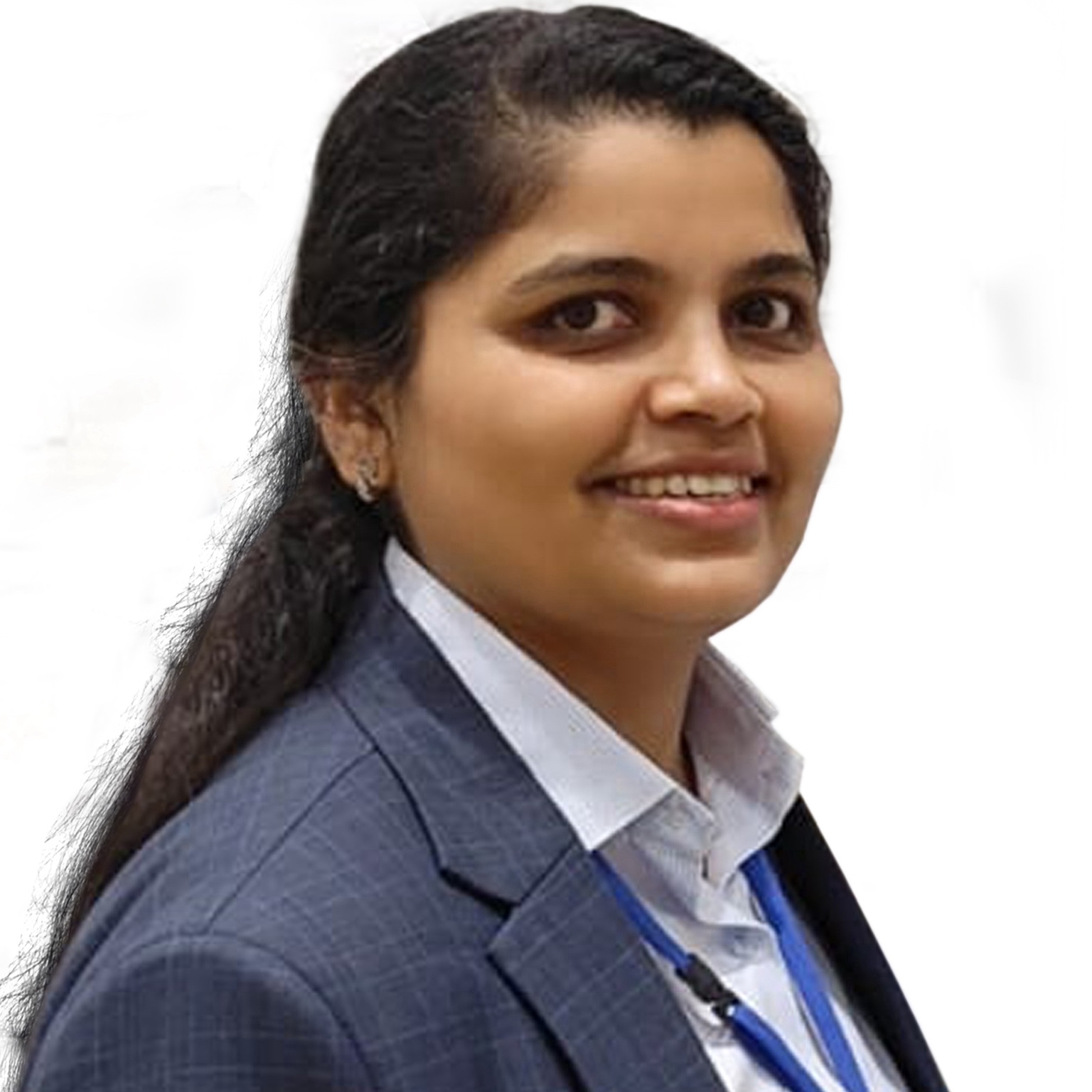
Hello! I am Sreeja, Assistant Professor in the Astrophysics Division of the Department of Physics at Christ University, Bangalore, India and a Visiting Associate at the Inter-University Centre for Astronomy and Astrophysics (IUCAA), Pune, India. I completed my PhD at the Centre for Astrophysics and Supercomputing (CAS), Swinburne University of Technology, Melbourne, Australia.
My research primarily focuses on the evolution of early-type galaxies and star formation in the field, interacting and cluster galaxies. Currently, I am a part of the astronomy team at Christ University that analyses UVIT data from AstroSat. Our research investigates the star-forming properties at the various evolutionary stages of galaxies.
My interest in joining the WALLABY team is in exploring the integration of HI data with UVIT data to enhance our understanding of star formation processes.
Ungku Ferwani Salwa Ungku Ibrahim
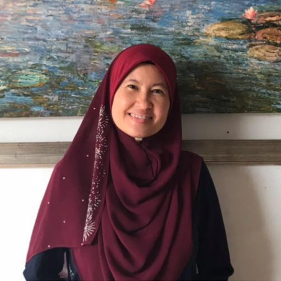
Hello everyone, apa khabar? I am a Senior Lecturer in the Department of Physics, Faculty of Science, Universiti Malaya, Kuala Lumpur, Malaysia. I obtained my PhD in Astrophysics from the same institute in 2018.
During my doctoral studies, I investigated the distribution of HI within galaxy clusters using single-dish observations, facilitated remotely by the Jodrell Bank Internet Observatory at the University of Manchester, UK. My primary focus was on clusters in the Northern celestial hemisphere, which motivated a comparison with observations from the Southern sky. My research also explored galaxy evolution across various cluster classifications, with an emphasis on studying galaxy interactions using HI as a tracer.
I am interested in radio galaxies, which play a significant role in the evolution of galaxies and clusters. The energy and particles they emit can impact star formation and the distribution of gas within their host galaxies and beyond. I aim to enhance my understanding of these galaxies and their environments within clusters using WALLABY data.
The Tully-Fisher relation in the NGC 4808, Vela and NGC 5044 fields
by Jeremy Mould
We are pleased to announce that the WALLABY pilot survey phase 2 Tully-Fisher Relation (TFR) paper has been accepted for publication, featuring contributions from 21 WALLABY members. Notably, Tom Jarrett conducted foreground star removal and measured total magnitudes from the WISE Survey for over 1,500 WALLABY galaxies. The TFR was used to estimate redshift-independent distances of these galaxies. Then, Helene Courtois used 655 of these galaxies for reconstruction calculations.
Reconstruction is the process of placing galaxies in the local volume at their TFR-derived distances and using these 3D positions to calculate the gravitational field. We updated the current Cosmic Flows 4 catalogue, which includes over 50,000 galaxies, with WALLABY galaxies. This inclusion shifted the position of the Great Attractor by approximately 10 Mpc (see Fig. 1) and the centre of the Vela Supercluster by around 50 Mpc – the two largest mass concentrations in the Southern sky contributing to the Cosmic Microwave Background anisotropy. Moreover, the predicted bulk flow around these large-scale structures has changed by 10%. This additional velocity flow towards Vela suggests a greater significance of this supercluster than that previously mapped.
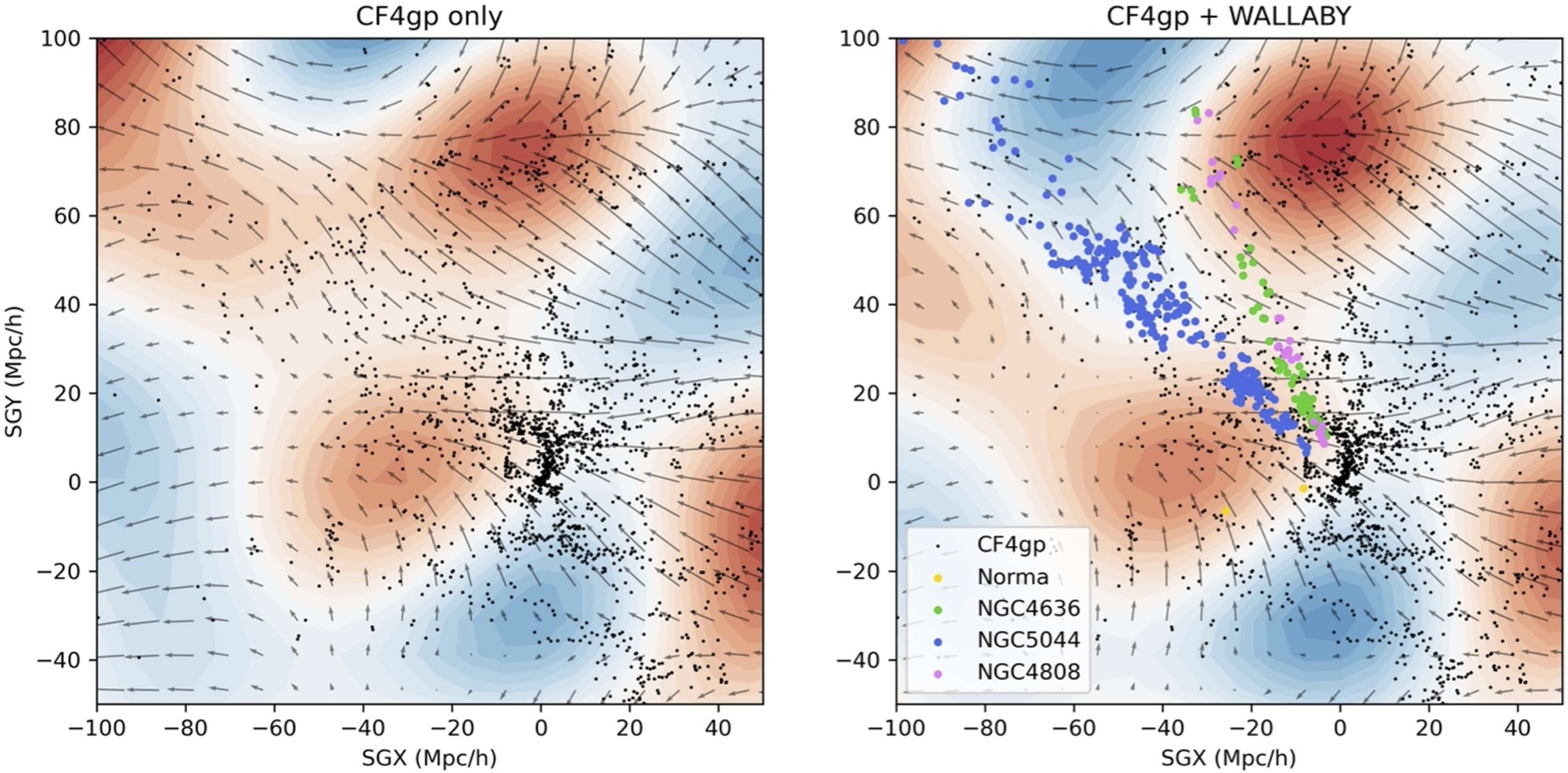
A goal is use over-densities to test the ΛCDM model’s prediction of the growth of structure. The pilot survey is only a precursor to full WALLABY sample of over 200,000 galaxies, which will ultimately multiply the Cosmic-Flows catalogue by a significant factor. Another major contributor to cosmography is anticipated from an upcoming HI survey with the Five hundred meter Aperture Spherical Telescope (FAST). Given the scale of these samples, individual optical measurements of galaxies will need to be replaced with catalogued magnitudes, such as those from the Siena Galaxy Atlas. The paper explores how this will work and discusses necessary improvements, such as the refinement of galaxy inclination angle measurements used to determine rotation velocities. Additionally, it demonstrates the robustness of the WALLABY procedures by presenting a careful comparison of WALLABY velocity widths with literature measurements.
We are saddened to share that since the last newsletter was published, Tom Jarrett has passed away. He will be greatly missed. His outstanding contributions to astronomy and our community have left a lasting impact.
Scaling relations from WALLABY kinematic models
by Nathan Deg
WALLABY has produced kinematic models of 236 different galaxies between Public Data Release 1 and 2 (PDR1 and PDR2). This is already the largest collection of HI derived kinematic models from a single survey. These models contain both rotation curves and surface density profiles. As such they are a perfect sample for studying scaling relations.
In a recently submitted paper, we developed a framework for calculating various scaling parameters and their uncertainties from this suite of kinematic models, which is suitable for the low signal-to-noise ratio, marginally resolved regime in which most WALLABY detections lie. These include measures of the galaxy size, velocity, and a proxy for the angular momentum. We combined these with the already measured HI masses to probe the size-mass relation, size-velocity relation, and many more (see Fig. 2). For a subset of galaxies, we were also able to measure stellar properties and explore the stellar and baryonic Tully Fisher relations.
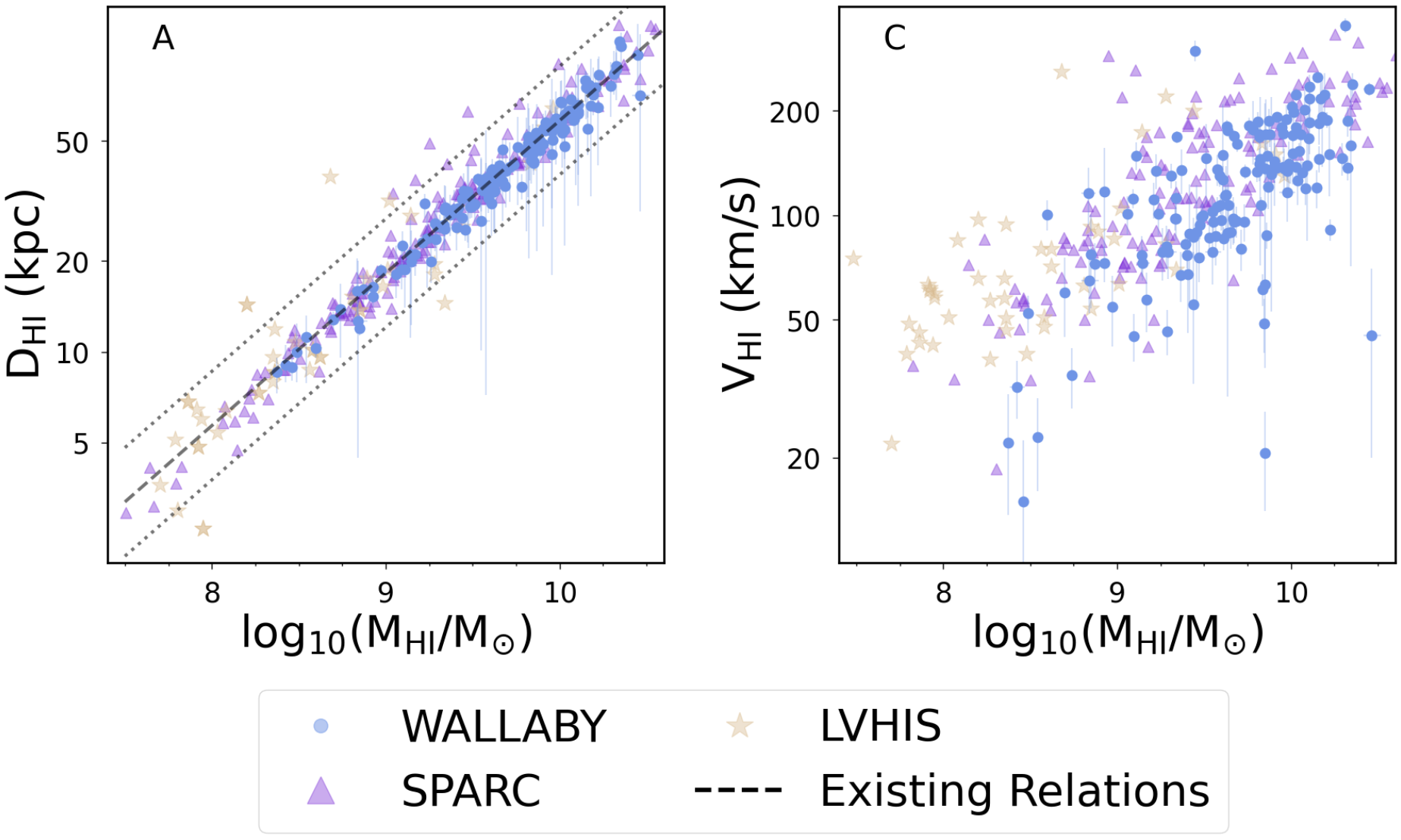
WALLABY is the premier survey for studying scaling relations that depend on the HI content of the galaxy. In this work, we’ve made the first set of scaling relations derived from WALLABY kinematic models and they are already competitive with the best other measurements. The techniques employed here will provide the basis for future structural studies with the WALLABY kinematic models.
New clues on the nearest collisional ring galaxy
by Rayssa Guimarães Silva
The ΛCDM model predicts that cosmic voids — i.e. the most under-dense regions in the Universe — harbour a population of gas-rich dwarf galaxies with very low metallicities. These galaxies are expected to be isolated and unaffected by the complex environmental processes that modify galaxies in higher-density environments. However, both observations and structure formation simulations find that voids present sub-structures such as tendrils and filaments. Hence, despite the global density of galaxies in voids being very low, void galaxies are not necessarily isolated at small scales (~ 1 Mpc). As part of a bigger project that aims to trace how these low-mass galaxies evolve in low-density environments, we showcase an extreme example of such a small-scale clustering: ESO 179-013, the nearest known collisional ring.
ESO 179-013 (Fig. 3) lies at a distance of ~10 Mpc within the Ophiuchus-Sagittarius-Capricornus Void. It is an interacting system of at least three low-mass galaxies (M* < 3 × 109 M⊙). This includes WKK 7460 (galaxy A), a nearly edge-on dwarf with a stellar mass comparable to the Large Magellanic Cloud, and WKK 7463 and WKK 7457 (galaxies B and C), with lower stellar masses comparable to the Small Magellanic Cloud. The ring likely results from a collision between galaxy B (the “intruder”) and galaxy A (the “target”). Since the discovery of this ring, the system has been relatively under-studied due to its position in a crowded region near the Galactic plane and proximity to a bright A0 IV star, south of galaxy A.
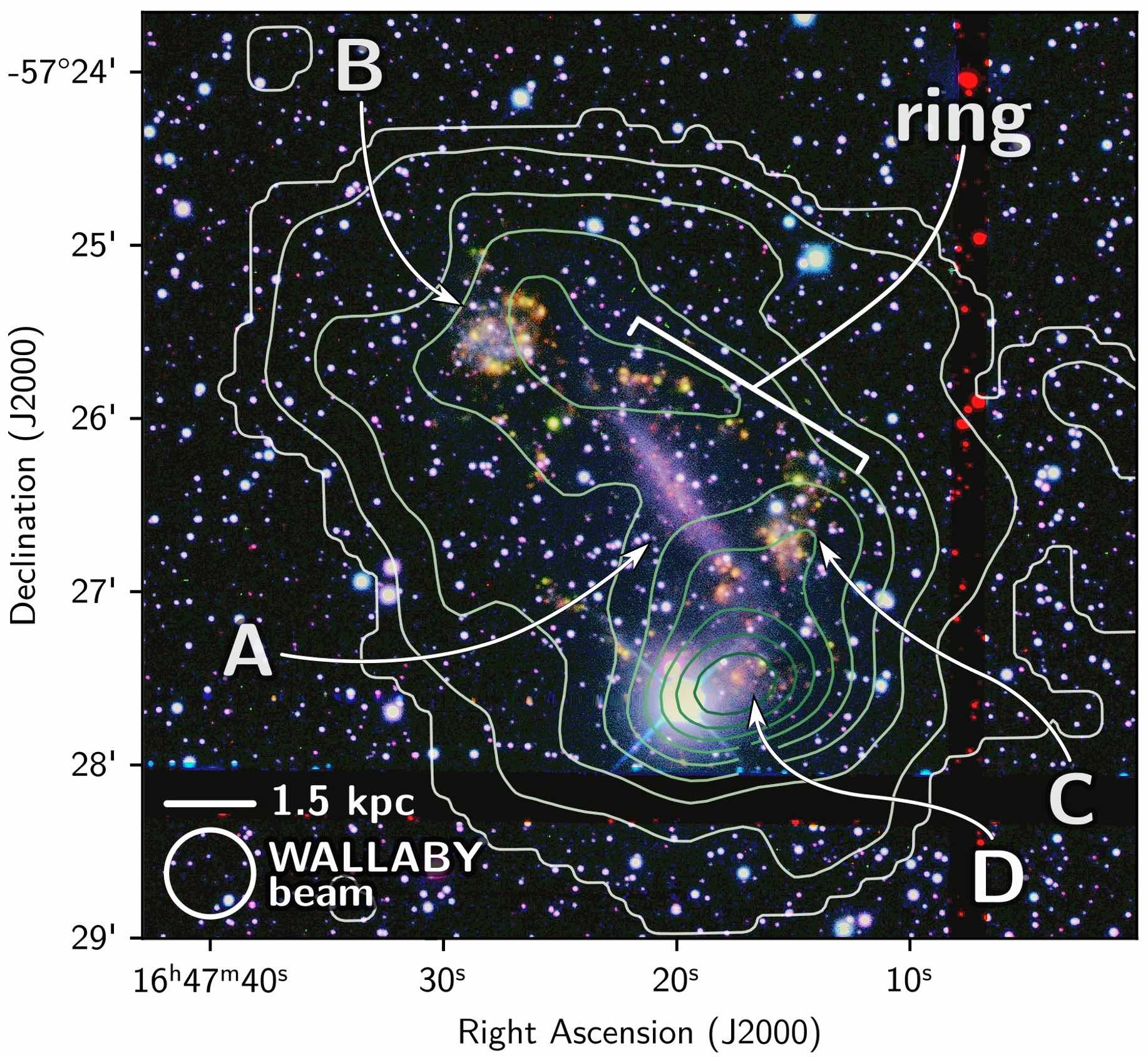
Apart from showing a large envelope of gas around the three galaxies, the WALLABY HI data suggests the presence of an additional compact source behind the bright star. This region is characterised by a large velocity dispersion (~40 km/s) of atomic gas compared to that near the other components. It is also exhibits the brightest star-forming regions within the complex, having bright mid-infrared and strong radio continuum emission. The nature of this source is still under investigation; it could be a fourth galaxy belonging to the system or a feature of galaxy interaction. This is unique group of interacting dwarf galaxies, showcasing that collisional rings can also form in low-mass systems. It offers an opportunity to investigate clustering in void galaxies, which is crucial for understanding how the local environment affects galaxy evolution in low-density regions and whether this environmental impact differs from what is seen in higher-density environments.
Large-scale motions and growth rate from forward-modelling Tully–Fisher peculiar velocities
by Paula Boubel
In Boubel et al. 2024, a forward-modelling approach is applied to the Kourkchi et al. 2020 Cosmicflows-4 (CF4) Tully-Fisher catalogue, to simultaneously infer the parameters of the Tully-Fisher relation and the peculiar velocity field. This yields new constraints for the growth rate of structure and thus provides a test for theories of gravity. The significance lies in the methodology’s ability to bypass the need for prior Tully-Fisher calibration or detailed selection function characterisation.
WALLABY is expected to measure Tully-Fisher distances for approximately 84,000 late-type galaxies across the southern sky by 2027 (Courtois et al. 2022; Westmeier et al. 2022), increasing the Tully-Fisher sample by an order of magnitude. This presents an unprecedented opportunity for peculiar velocity studies such as ours. We have demonstrated our proposed analysis on the WALLABY reference simulation (Koribalski et al. 2020), and find that WALLABY alone would provide a factor of 2-3 improvement on the constraint for the growth rate compared to CF4 (see bottom left Fig. 4). The magnitude of this improvement in large part depends on the intrinsic scatter of the Tully-Fisher relation within the WALLABY sample, which we assume to be 20% at best (see top right of Fig. 4). In addition, we find that the precision to which the peculiar velocity field can be constrained by a particular dataset is closely linked to its sky coverage; a version of the WALLABY mock in which sky positions were randomised over the whole sky resulted in almost a factor of 2 improvement on parameter constraints. This suggests that, when we combine WALLABY with peculiar velocities measurements in the northern sky, we should expect to measure the growth rate to even higher precision.
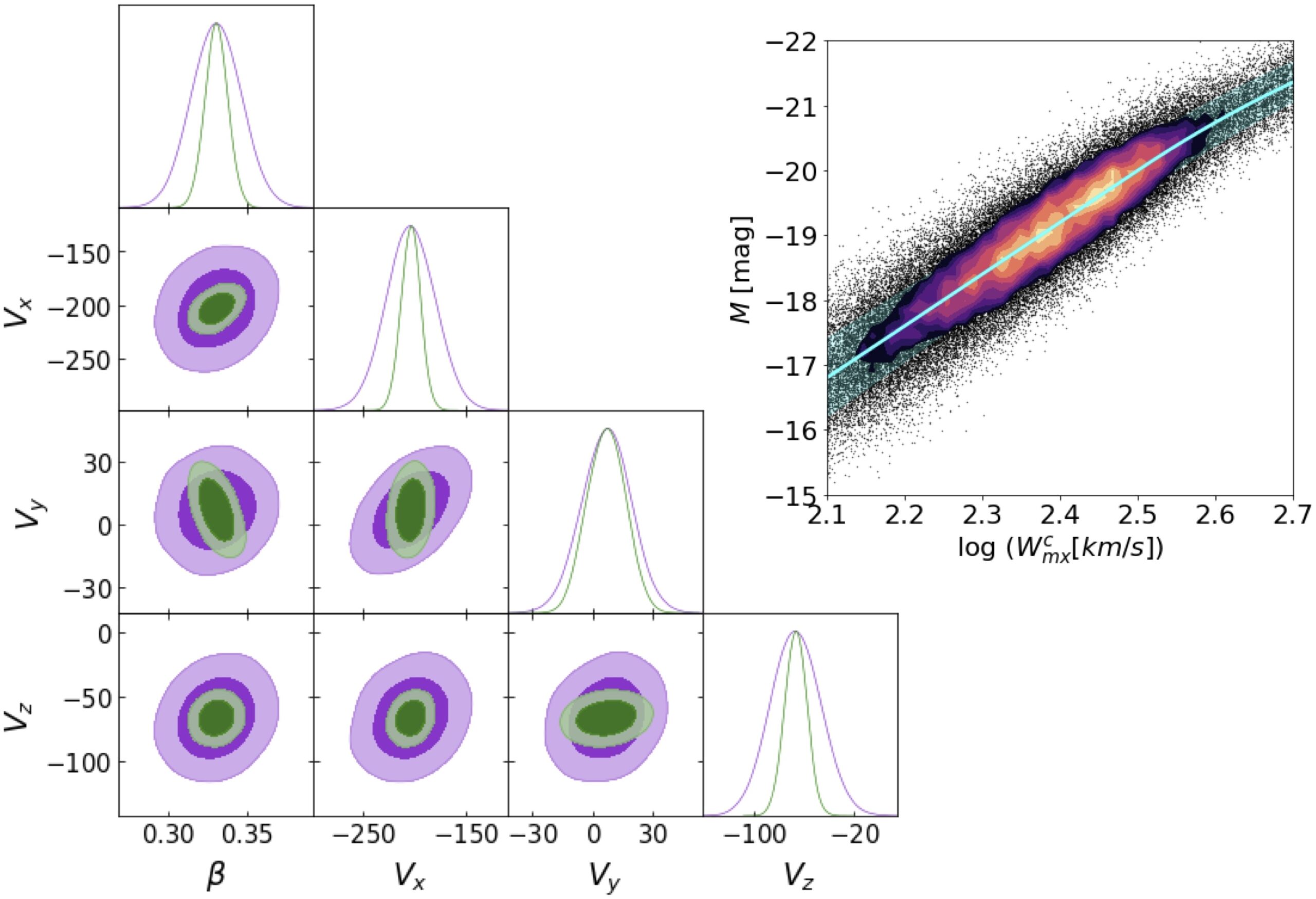
TWG 2 – Multi-wavelength & ASKAP Survey Synergies
by Luca Cortese & Li Shao
In the last six months, we have seen an increase in the number of team members working on UV/optical/IR photometry for WALLABY detections and/or for objects in the WALLABY survey footprint. This is a great resource and it is very important to keep the momentum going, while avoiding duplication.
To keep track of all on-going efforts, as well as coordinating future activities, we kindly ask everyone currently working in this area to fill the form at this link by 25th August 2024. This should take no more than 5 minutes.
Please note that this is not just for record keeping. We also would like to perform an independent comparison between various catalogues to understand systematics/differences between approaches, etc. to guarantee some level of consistency among the various WALLABY projects.
In the long term, with the agreement of all involved, the hope is to be able to make this a resource for the entire team.
TWG 5 – Kinematics Pipeline
by Nathan Deg
The kinematic modelling working group has been focused on releasing the new modelling pipeline: the 3D-KInematic Data aNalysis Algorithm for Surveys or 3KIDNAS (pronounced ‘echidnas’). 3KIDNAS has been applied to all PDR1 and PDR2 detections, generating 400 models—approximately one-third more than the 303 models produced by the proto-pipeline, WKAPP. Additionally, it has been run on all the full survey detections, and produced 38 models from 482 detections. We are working with TWG 7 to make these models available to the team for further exploration and testing through AusSRC.
TWG 7 – WALLABYcat
by Nathan Deg & Austin Shen
The archive working group has successfully uploaded all PDR2 data onto CADC and is finalising the upload onto CASDA. These will be in place once the PDR2 paper is accepted. We are now working on integrating the new kinematic models produced by the TWG 5 pipeline into AusSRC. We anticipate sharing these new models with the full WALLABY team soon!
Upcoming Meetings & Workshops
Note: WALLABY team members can download PDF copies of several WALLABY-related presentations at international meetings from the Redmine wiki under “WALLABY-related presentations and material”.
| When | What | Where |
| 2024 Sep 19 | Monthly WALLABY Science Meeting | Online (8:00 UTC) |
| 2024 Sep 30-Oct 4 | 7th Global 21-cm Workshop 2024 | Bengaluru, India |
| 2024 Sep 30-Oct 4 | Radio School | Geraldton, Australia |
| 2024 Oct 14-18 | RFI 2024 | Bariloche, Argentina |
| 2024 Oct 17 | Monthly WALLABY Science Meeting | Online (1:00 UTC) |
| 2024 Nov 10-14 | 34th Astronomical Data Analysis Software & Systems (ADASS) | Valletta, Malta |
| 2024 Nov 21 | Monthly WALLABY Science Meeting | Online (8:00 UTC) |
| 2024 Dec 9-13 | ESO-SKA: Cosmic Ecosystems in Radio and Optical | Busselton, Australia |
| 2024 Dec 9-13 | Evolution of Dust and Gas throughout Cosmic Time | Hiroshima, Japan |
| 2024 Dec 19 | Monthly WALLABY Science Meeting | Online (1:00 UTC) |
| 2025 Jan 16 | Monthly WALLABY Science Meeting | Online (8:00 UTC) |
| 2025 Feb 3-7 | Cosmic Flows 2025 | Brisbane, Australia |
| 2025 Feb 13 | Monthly WALLABY Science Meeting | Online (1:00 UTC) |
WALLABY Publications
Feb 2024 – Aug 2024:
- Mould J., Jarrett T. H., Courtois H., Bosma A., Deg N., Dupuy A., Staveley-Smith L., et al., 2024, WALLABY Pilot Survey: the Tully-Fisher relation in the NGC 4808, Vela and NGC 5044 fields, MNRAS.tmp. doi:10.1093/mnras/stae1522
A complete list of WALLABY ADS libraries can be found at https://wallaby-survey.org/papers
WALLABY Science Projects
Since the previous newsletter was released, several new science project proposals from various team members have been approved and added to the list of official projects. These new projects are led by WALLABY members Connor Bottrell, Paula Boubel, Nathan Deg and Tamsyn O’Beirne. Further details can be found on our Current Projects list, linked on our internal Redmine wiki. Team members are reminded to regularly check this list. If you are interested in contributing to any of the existing science projects, please feel free to get in touch with the PI of the project in question.
